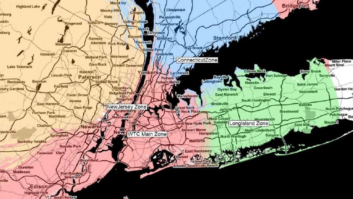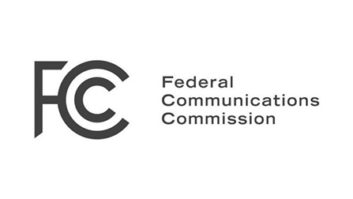
The federal government has blown the dust off the Federal Register website, re-launching it this week. The change should help those of us looking for summaries of FCC and other government rules and regulations.
In honor of the print publication’s 75th anniversary, the Obama administration had been working on a redesign for the website, saying it wants make the site easier for the public to use and increase public participation and awareness of how federal rules get made. Those were also the thoughts behind the FCC’s website improvements.
The publication is put out by the Office of the Federal Register, National Archives and Records Administration; it’s the official daily publication for rules, proposed rules and notices of federal agencies and organizations, as well as executive orders and other presidential documents.
The first edition hit in 1936 after President Franklin D. Roosevelt signed the Federal Register Act in 1935. Officials say that is now recognized as a milestone in establishing the right of the public to access government information. Previously, each federal agency kept its own records — separately.
The first Federal Register website launched in 1994.
About the previous site, U.S. Archivist David S. Ferriero wrote on his blog on July 22: “The Federal Register is dense and difficult to read whether in print or online as a PDF. It’s also difficult to find what you’re looking for.”
The former FederalRegister.gov consisted of an index of notices listed in alphabetical order by agency name, with embedded links to plain text and PDF documents. The new site breaks up new rules and regulations into six categories: money, environment, world, science and technology, business and industry, and health and public welfare. Each notice appears on an individual page with a summary, links to agencies seeking public comment and the ability to share items on Facebook and Twitter.
In government-originated techie-speak from the National Archives announcement: “FR 2.0 uses the bulk XML from GPO’s Federal Digital System to present regulatory material in new configurations. The applications on the site are built from open source code, which will be returned to the open source community for unrestricted use in other applications.”
Planners stated the new FR 2.0 is an unofficial prototype. After gathering public feedback, it may be approved as an official edition in 2011.
According to the Washington Post, by the way, the redesign cost about $275,000 and took five months of work among Register staffers, officials at the Government Printing Office and National Archives, and three private developers from California.












